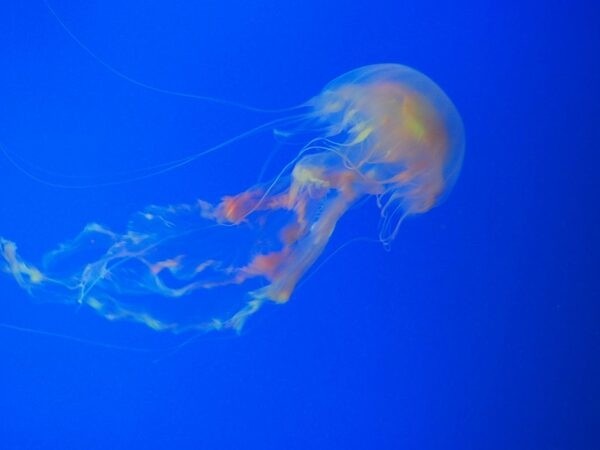Bioluminescence is a captivating phenomenon where deep sea creatures produce light through a chemical reaction. This ability not only adds to the mystique of the ocean’s depths but also serves various functional purposes such as attracting prey, deterring predators, and communicating with other organisms. Despite its widespread occurrence, the evolutionary mechanisms and triggers behind bioluminescence remain partially understood.
Evolutionary Mechanisms
Independent Evolution: Bioluminescence appears to have evolved independently in different species. This is suggested by the diversity of luciferin molecules (the light-emitting compound) and luciferase enzymes (the catalyst for the reaction) found across various organisms. This indicates that the ability to produce light may have evolved multiple times in response to different environmental pressures.
Detoxification Hypothesis: One theory posits that bioluminescence originally evolved as a way to detoxify oxygen, which was a highly reactive and toxic substance to early life forms. Over time, this ability may have been co-opted for other uses such as communication and predation.
Species-Specific Adaptations: The presence of species-specific bioluminescent structures and patterns suggests that bioluminescence may play a role in species recognition and genetic isolation, particularly in deep-sea environments where visual cues are limited.
Factors Triggering Bioluminescence
Environmental Stimuli: Physical disturbances such as waves or the presence of predators can trigger bioluminescence. For example, the dinoflagellate Noctiluca scintillans, known as “sea sparkle,” produces light in response to physical disturbances.
Chemical Signals: Some deep-sea creatures release bioluminescent chemicals as a defense mechanism. The vampire squid, for instance, releases a cloud of glowing fluid to distract predators.
Communication and Mating: Bioluminescence is also used for communication and attracting mates. Different species have evolved unique patterns and timings for their light displays to ensure effective communication in the dark depths of the ocean.
